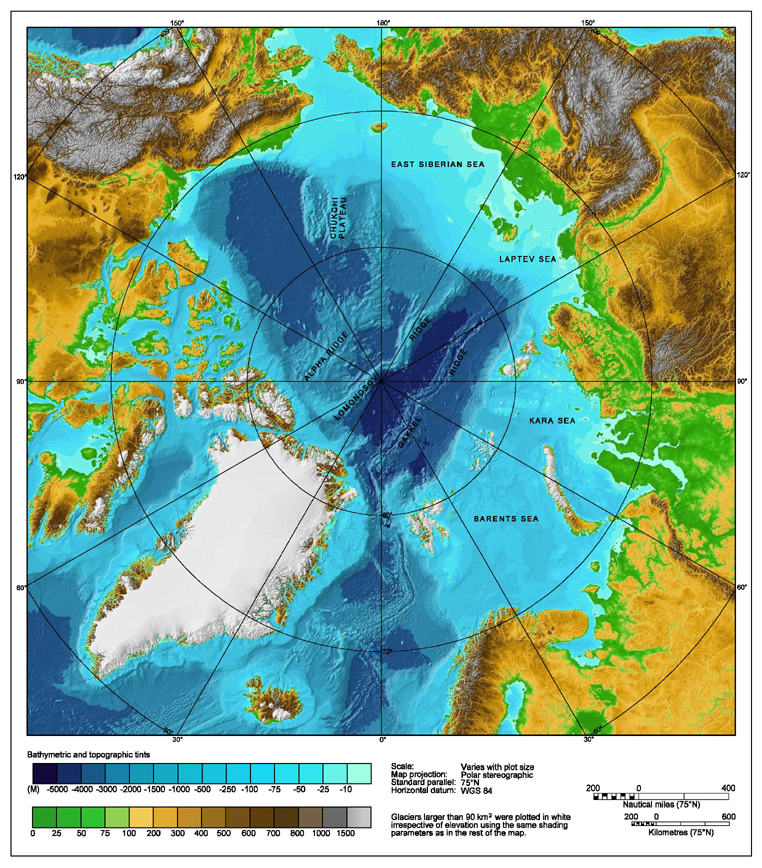 |
| Right in the mainstream--coping with winter, nationally and locally, Öresund |
There's not much about climate change response in Sweden that's exciting and attention-grabbing these days. I've been thinking a lot about this lately, since it seems that the more headlines there are about climate change at the global level, the fewer there are in the Swedish press, about what's happening in this country. Entire weeks can go by with scarcely a mention in any of the half-dozen or so larger newspapers of any Swedish climate change-related activity. To know if there's anything going on, you've got to do a lot of sleuthing. My theory is that this is because responding to climate change is gradually becoming mainstreamed here. I'm not sure yet if this is the best way to go about it, but it does help to explain the lack of media coverage. Climate change is just part of everyday business . . . maybe.
Believe it or not, but one of the coolest places to see innovative thinking about climate change is deep inside the Swedish bureaucracy, in one of the least trendy-seeming places. It's not at the Swedish EPA (Naturvårdsverket), for instance, nor at the Swedish Met Office (SMHI), nor even at the Ministry of Environment, all of which have admirable programs underway, as you would expect. No, this nest of real solid work on societal aspects of climate change is Boverket, The Swedish National Board of Housing, Building and Planning. I'll be describing some of their activities in the coming weeks, but one of their more recent achievements has been the result of a massive exercise in producing a Vision for Sweden 2025, which the Government commissioned from them. The defining objective for the vision is a society guided by sustainable development, and based on the over hundred goals, from national to local level, that have been defined for the country's physical societal planning. The resulting Vision was released, as a "web app," with a surprising lack of media attention and undeserved modesty, on December 12, barely a week ago. The Vision poses four megatrends, of which climate change is one. Since so far the whole thing is only in Swedish, I'll be telling more about it in coming posts. Stay tuned (and Visionary!)













